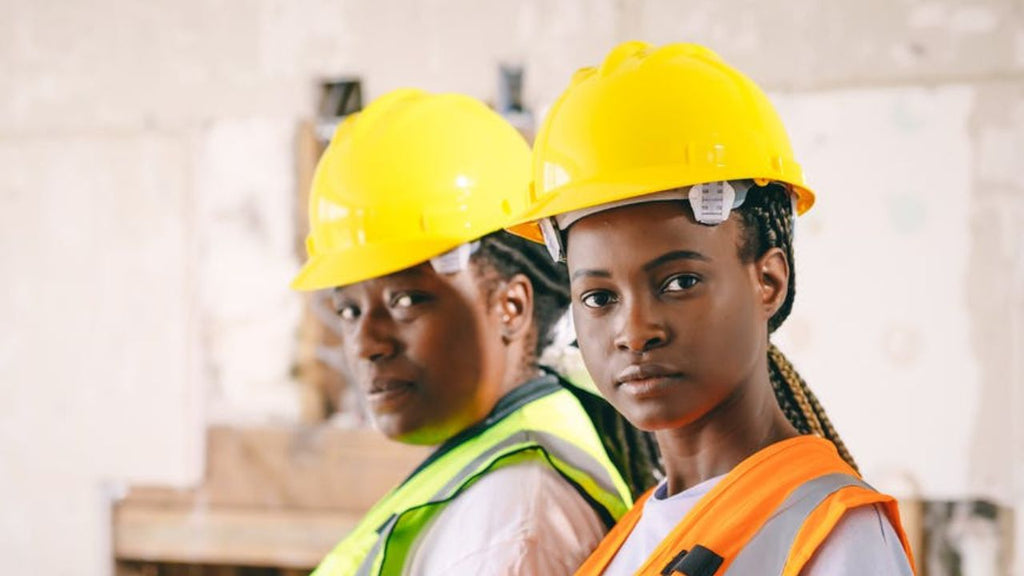How to Pick the Right Reflective Clothing for Employee Safety

Accidents reflect poorly on America. Nearly 900,000 nonfatal work injuries occurred in 2019.
More than 200,000 of these injuries involved contact with objects and equipment. Many of these injuries could have been avoided through reflective clothing. Yet you shouldn't rush your decision to get a hi-vis jacket.
What kinds of reflective clothing can you buy? What risks do you have to take into account? How do work conditions impact the clothing you should get?
Answer these questions and you can get the perfect safety clothing for your employees. Here is your quick guide.
Classes of Reflective Clothing
There are a few classes for high-visibility clothing. Class 1 offers the minimum amount of protection. The clothes contain reflective surfaces and bright colors, but they are not too glaring or obvious.
Class 2 clothing has longer reflective strips and full sleeves. Class 3 clothes cover the entire body, with reflective strips running down the legs and along the arms.
You may also hear about Type O clothing. This is clothing for off-road workers who are near moving vehicles and equipment. The clothes reflect less light than Class 1, but they remain conspicuous.
Type R clothing is specialized clothing for road workers while Type P clothing is for law enforcement. If you work on a road crew, you are not obliged to get Type R clothing. But many people are familiar with it and look for it on a roadway, making the clothing easier to spot.
The higher the class, the more expensive the clothes may be. But prices are not significantly different, and you should prioritize the clothes that will keep workers safe.
Types of Clothing
Clothing that covers the torso is the most common type of high-vis clothing. But you can buy high-vis pants and helmets. These are good options when your workers are in high-risk scenarios.
Swinging pieces of equipment like cranes can hit someone's head. A reflective helmet is easy to see, and a crane operator can move their crane to avoid striking someone.
You can mix and match different reflective materials. You can have someone wear an orange vest and a yellow helmet. This can call attention to different parts of their body and prevent an accident with swinging equipment.
Colors
You can choose any color of reflective clothing you want. Many people know about bright yellow and bright orange vests. You can find these vests for sale at any safety apparel company.
Yet you can opt for blue. Drivers and pedestrians associate blue vests with law enforcement, so you can select blue hi-vis shirts for police departments and security officers.
Black vests work with a number of outfits. Yet the only visible parts of the vest at night may be the reflective strips. You should only choose black vests for daytime workers.
Most vests have gray reflective strips. Some strips have bright yellow or orange linings, which call attention to the strips. You may be able to find vests with different colors of strips, but they are hard to find.
Risks
Workers face many different risks while working outside. When they are on roadways, they have to worry about moving vehicles and pedestrians. Bicyclists can also prove a threat in residential areas or along rural roads.
Parking areas can be just as risky as roadways. Slow-moving vehicles can knock an employee down or pin them against a wall.
At construction sites or warehouses, workers face moving pieces of equipment. Even slow-moving objects like golf carts can produce devastating injuries.
Lack of lighting can make an otherwise safe area unsafe. When they have their high-beam headlights on at night, drivers have visibility of 500 feet on a roadway. This sounds like a lot of space, but drivers may be slow to react and may not stop in time for workers.
Inclement weather poses a similar problem. Snow and fog can decrease a driver's visibility, even with high-beam lights. Rain can slick a roadway, increasing the braking distance.
If your employees are working in a high-risk situation, you need to require high-visibility clothing. The higher the risk, the higher the class for their clothing.
Keep in mind that reflective clothing is just one part of safety apparel. Employees should wear helmets, gloves, and thick coats to prevent injuries. You should follow highway construction safety tips whenever you are working near a highway, regardless of conditions.
Work Conditions
Workers who are standing still for long periods do not need full-body reflective clothing. Workers that are moving do because a moving object is harder to focus on than a still one. A driver or bicyclist may see an employee's feet or head before they see the rest of their body.
The geography of the worksite can also affect reflective clothing. It is harder to see an object going downhill, and it is harder to brake in time. Anyone working downhill should wear Class 2 clothing at a minimum.
If work conditions are too dangerous, you should avoid sending your workers out. You should also talk to your workers about what they can do to improve safety before any extensive project.
The Essentials of Reflective Clothing
You can think about reflective clothing in a few ways. Class 1 and Type O clothes are less reflective than Class 2 and Class 3 clothes. Jackets and vests are common, but you can find pants and helmets.
You can choose any color. Yet bright-colored clothing alleviates risks better than dark-colored clothes.
Employees standing still or on flat ground can wear blue or dark orange. But anyone working on uneven terrain should wear yellow.
You can go to professionals to make your shopping easier. Hi-Viz.com provides premium hi-vis clothing at affordable prices. Browse our collections today.
